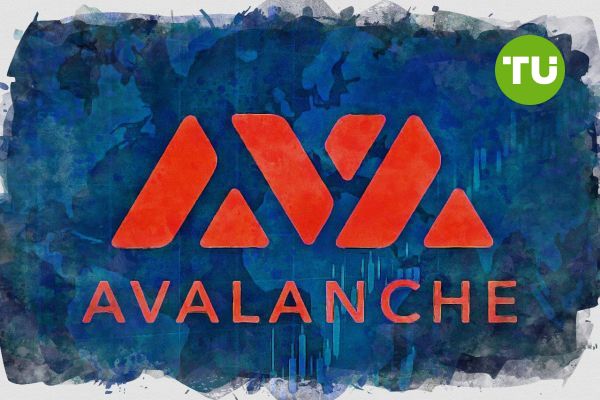Avalanche gains traction as TradFi transformation tool
 Vande Woude calls Avalanche a fintech shift
Vande Woude calls Avalanche a fintech shift
According to crypto analyst Olivia Vande Woude, the Avalanche blockchain has the potential to replace outdated financial infrastructure and set a new standard for global capital markets.
The Avalanche (AVAX) platform, known for its high scalability and Ethereum compatibility, is increasingly viewed as a potential driver of transformation in traditional finance. Business strategist and blockchain expert Olivia Vande Woude has stated that Avalanche could fundamentally reshape the way global financial systems operate.
In a recent post on social platform X, Vande Woude compared Avalanche’s impact on fintech to the revolution brought about by fiber-optic technology in telecommunications. She emphasized that Avalanche’s architecture offers instant transaction finality, high throughput, and low latency, effectively replacing legacy systems like SWIFT, Fedwire, CHIPS, and CLS—while maintaining full EVM compatibility and offering minimal transaction fees.
Loading...
A modern alternative to clearing systems and exchanges
Unlike platforms that operate on T+2 settlement cycles, such as NSCC, Avalanche eliminates delays and fragmentation. This helps reduce Value at Risk (VaR) and frees capital that would otherwise be locked in clearing processes. Additionally, Avalanche’s decentralized architecture minimizes price slippage and streamlines order execution, which is particularly valuable for high-frequency trading (HFT) and algorithmic strategies like TWAP and VWAP.
Custodial, derivatives, and debt market advantages
Avalanche also offers robust solutions for custodial service providers. Unlike traditional systems that rely on delayed batch processing and isolated data (such as those used by State Street and Clearstream), Avalanche enables on-chain auditing, automated reporting, and tools for meeting regulatory standards including Basel III, MiFID II, EMIR, and SFTR.
In the derivatives market, the platform supports real-time collateral optimization, reduces operational risks, and facilitates settlement through smart contracts. In the debt and short-term funding sectors, Avalanche provides real-time DvP settlements, dynamic discounting, and on-chain yield analytics—giving institutional treasury teams greater control.
Ethereum integration and a programmable infrastructure for the future
Thanks to full EVM compatibility, institutional players can seamlessly integrate Avalanche into existing Ethereum workflows and launch smart contracts for asset tokenization, NAV calculation, and DeFi-native governance.
In conclusion, Vande Woude emphasized that Avalanche is not merely modernizing outdated processes—it is rewriting the financial infrastructure from the ground up, delivering flexibility, speed, and real-time transparency to capital markets.
It’s worth noting that Sumitomo Mitsui Banking Corporation, Japan’s second-largest bank, recently announced plans to launch a stablecoin on Avalanche, marking a significant step toward the convergence of traditional finance and digital assets.













































































































































